-
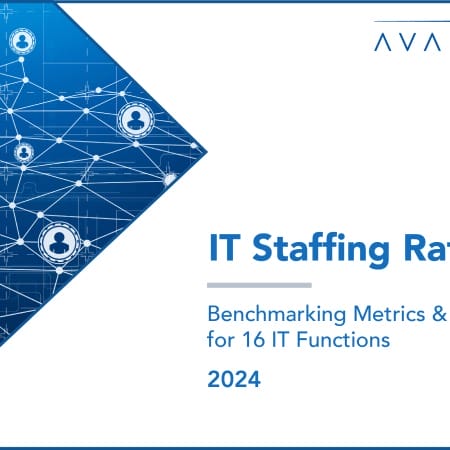
IT Staffing Ratios: Benchmarking Metrics and Analysis for 16 Key IT Job Functions
The analysis of IT staffing data has been a core competency of Computer Economics since we began publishing our annual IT Spending and Staffing Benchmarks study in 1990. Each year, we survey more than 200 IT organizations across 10 major industry sectors, based on our sampling model, to obtain data on IT staffing levels, server counts, network infrastructure, outsourcing, and spending, among other information pertinent to the assessment of IT staffing.
March, 2024
-

Heads Up: Addressing the Specific Device Management Needs of XR Headsets
Many Fortune 500 companies increasingly rely on AR, VR, and XR (augmented, virtual, and extended reality) devices to train employees, collaborate, perform maintenance, visualize data, run product demos, and more. But traditional mobile device management (MDM) or unified endpoint management (UEM) platforms are not necessarily good for managing AR/VR/XR devices. These headsets have specific management and security needs, and once an enterprise scales its AR/VR/XR program, it needs a platform tailored specifically to these types of devices. Innovative companies like ArborXR have stepped up to fill this need.
July, 2023
-
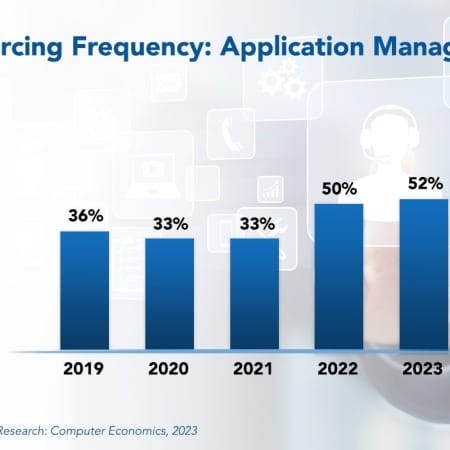
Application Management Outsourcing Trends and Customer Experience 2023
As the application portfolio of an enterprise grows, the ongoing support for those systems can become a burden on the IT organization, leaving little time for developing and implementing new applications. In response, some organizations see outsourcing application management as an attractive option.
December, 2023
-
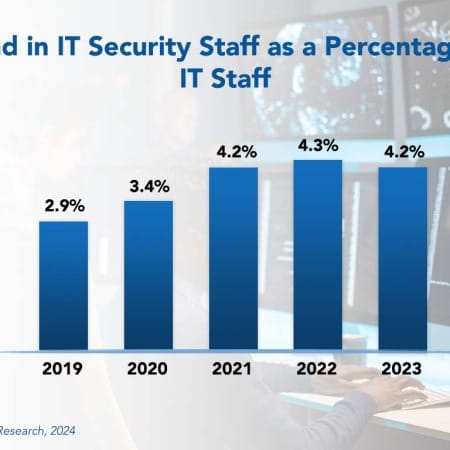
IT Security Staffing Ratios 2024
The constant beating drum of new security vectors and the recent impact of remote and hybrid work have placed pressure on IT security staffing levels. Enterprises have been steadily increasing IT security budgets and personnel for years. However, IT security personnel as a percentage of the total IT staff has decreased slightly from 4.3% in 2022 to 4.2% in 2023. For three years, security personnel as a percentage has been flat, ranging between 4.2% and 4.3%. Has the supply of IT security personnel finally reached its cap?
February, 2024
-

How to Maximize IT and BPO Vendor Relationships with a Sourcing Health Check
Many organizations rely on IT and BPO vendors to deliver essential services and support their business objectives. However, over time, the alignment between the vendor and the client may erode, leading to suboptimal performance, dissatisfaction, and missed opportunities. To avoid these pitfalls, it is important to periodically conduct a sourcing health check, which is a comprehensive assessment of the current state of the vendor relationship and the contract terms. A sourcing health check can help identify gaps, risks, and areas for improvement, as well as provide actionable recommendations to maximize the value of the sourcing agreement.
April, 2024
-
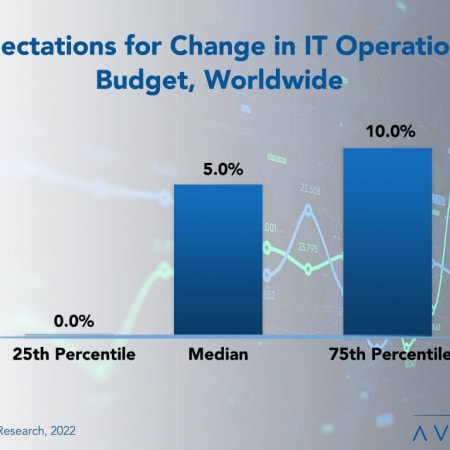
Worldwide IT Spending And Staffing Outlook 2023
Despite most of our survey respondents agreeing that the economy will be worse in 2023 than in 2022, IT spending increases are broad and strong. However, in this annual report of the IT spending and staffing outlook for 2023, we believe there is another major factor at play. We find that IT is no longer seen as a cost center but as a strategic driver of growth. Because of this, business leaders are giving their IT departments greater resources to help plan for the coming recession rather than asking them to tighten their belts.
February, 2023
-
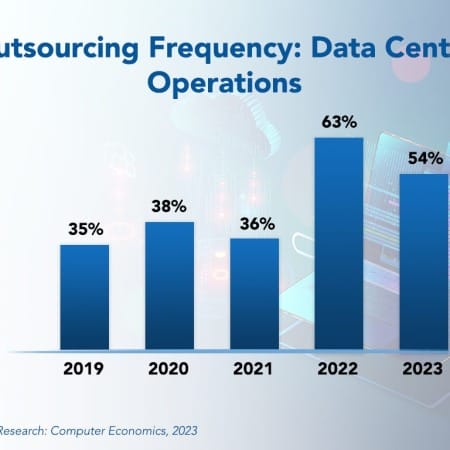
Data Center Operations Outsourcing Trends and Customer Experience 2023
As data centers become larger, more automated, virtualized, and complex, service providers can leverage expertise and economies of scale to provide attractive alternatives to on-premises data centers. On the other hand, turning over data center operations to a service provider or moving applications to a hosting site can entail risk. Making the choice to outsource data center operations can reduce the infrastructure budget, but when managed incorrectly the outcome can be adverse.
July, 2023
-

Marvell Continues to Chip Away at Silicon Rivals
Marvell Technology, once a humble manufacturer of chips for storage devices and networking equipment, has undergone a remarkable transformation. We check in with Marvell’s growing market share and new initiatives at an industry analyst day.
December, 2023
-

Acumatica Builds Success with Growing Construction Edition
The construction industry faces many challenges—tight margins, complex projects, stressed supply chains, and labor shortages. Furthermore, the construction industry is made up of thousands of small and midsize subcontractors, which have historically been underserved by technology solutions and have historically found it challenging to share data in an effective way. Into that breach have stepped cloud-based ERP vendors, and one of the leaders is Acumatica. The company touted recent enhancements to its solutions at its annual customer conference in Las Vegas last month.
February, 2024
-
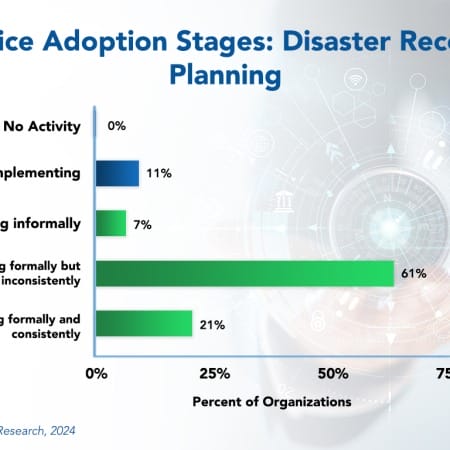
Disaster Recovery Planning Best Practices 2024
In 2021, a ransomware attack on Colonial Pipeline, a major fuel supplier in the US, forced the company to shut down operations for several days. This resulted in gasoline shortages and price hikes on the East Coast. Several airline companies in Britain experienced major IT failures in 2023, which resulted in thousands of canceled flights and an estimated $128 million in lost revenue. As these and numerous other examples show, the business impact of a disaster affecting the IT function can be enormous. The ability to recover information systems and data quickly and effectively after a disaster, cyberattack, or system failure should be an organizational priority. However, not many companies are consistently planning for disaster recovery.
April, 2024
-

The Questions to Ask About Telecommuting Before Someone Else Does
Whether allowing work from home is a good idea depends on the organization, the role, how centralized your business is, the strength of your management team, and many other variables. But if you are going to allow more telecommuting, you need certain ducks in a row.
March, 2023
-
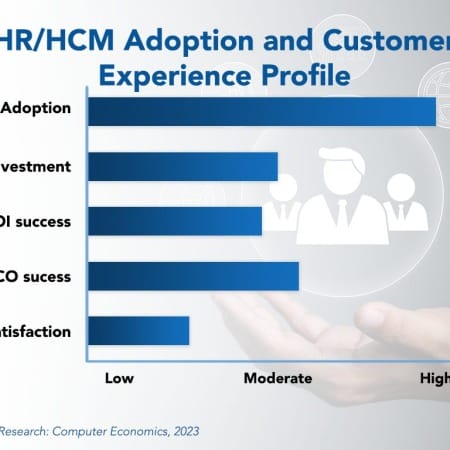
HR/HCM Adoption Trends and Customer Experience 2023
In the past, human resources (HR) departments were typically seen as cost centers, but there is a growing appreciation for the strategic value that HR can bring to an organization. By embracing HR’s strategic role, organizations may realize the full potential of the function as a value-add that propels business success.
July, 2023
-
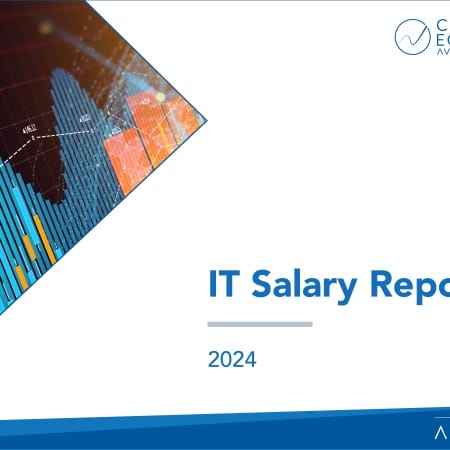
IT Salary Report 2024
The Avasant IT Salary Report 2024 provides total compensation for 82 IT job functions for more than 400 US metro areas and 20 industry sectors. The executive summary also provides our forecast for pay raises and hiring in 2024 and includes job descriptions for each job function. The salary tables are provided as a downloadable Microsoft Excel workbook, with total salaries reported at the 10th, 25th, 50th (median), 75th, and 90th percentiles.
December, 2023
-
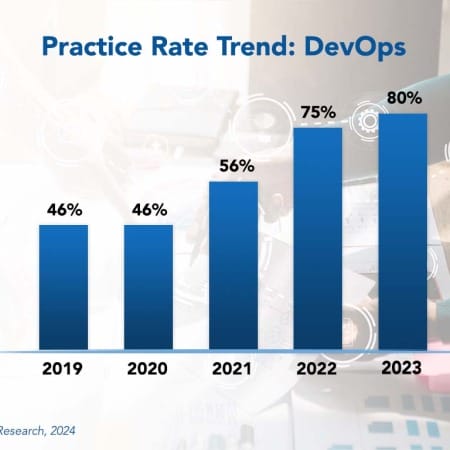
DevOps Best Practices 2024
Development operations (DevOps) is an organizational model that promotes collaboration between software developers and IT operations. The model allows for frequent deployment of systemic changes and includes a use for automation. DevOps is a natural extension of agile development into the deployment and operational phases of the systems life cycle. Just as agile development builds software in small, iterative build cycles, DevOps applies enhancements as small incremental changes committed daily, hourly, or even moment-by-moment into the production system.
February, 2024
-
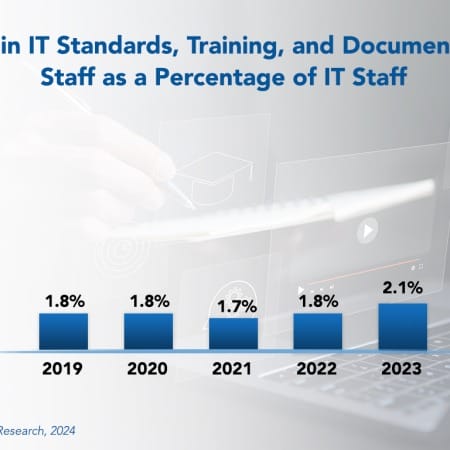
IT Standards, Training, and Documentation Staffing Ratios 2024
Some organizations tend to underestimate the importance of the IT standards, training, and documentation job function since its impact on the bottom line may not be clear. However, these job functions are essential for ensuring the smooth operation, compliance, and effectiveness of IT systems — all crucial elements for the overall success of any business.
April, 2024

 Grid View
Grid View List View
List View